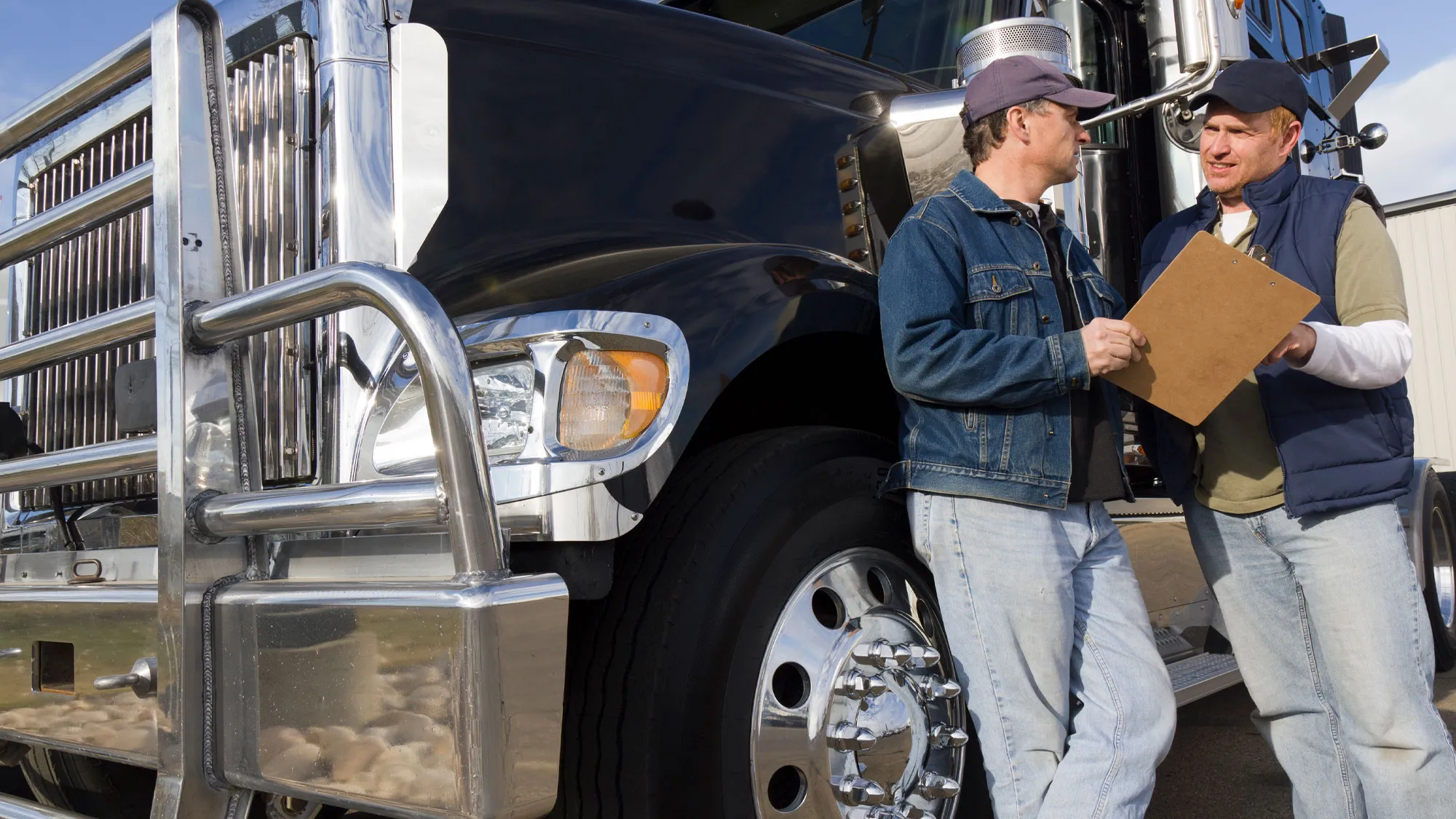The endemic shortage of qualified drivers and multi-million-dollar jury verdicts have made it difficult for some commercial transportation operations to find adequate and affordable insurance coverage.
More than 75% of commercial drivers are over the age of 40,1 and experts predict the industry will need an additional 25,000 drivers each year until 2030 to meet the demand.2
The inevitable increase of inexperienced drivers — who are 3.7 times more likely to be involved in a crash than more experienced operators3 — will add to the burdens of the U.S. trucking industry, which has seen juries award accident victims an average of $22 million, a nearly tenfold increase from 2010.4
In addition, medical payments for accident victims continue to rise, largely due to health care inflation and spending on care, in part because of investment in new technologies.5 At the same time, the cost to maintain and repair damaged commercial trucks jumped 10% from 2021 to 2022.6 These factors have led underwriters to raise premiums and lower coverage limits.
Managing complex risk in transportation
But complex risk and its attendant industry issues doesn’t mean that trucking companies are without recourse to better terms and lower premiums. They need to manage their complex risk and pursue strategies to mitigate exposures.
Here are four ways transportation companies can manage complex risk and show underwriters that they’re worth the business:
1. Analyze loss history to identify patterns. Review past claims, noting those that are aberrations and those showing a pattern of behaviors contributing to the loss. By evaluating these claims, organizations can identify the root causes of the loss and implement changes to prevent future incidents. For example, an organization that sees an increase in accidents from brake failures can reduce risk by improving its maintenance and inspection program. Dissecting any large claim can help show how to avoid a repeat.
2. Embrace technology to show the truth of an accident. The skepticism expressed by drivers and transportation companies over camera installation has largely disappeared. Many insurance carriers are requiring fleets to install telematics to monitor driver behavior, and some are incentivizing policyholders who install front-facing and driver-facing cameras. Telematics can identify and help address driver errors such as speeding, hard braking and sudden swerves. And cameras can reduce the likelihood of a nuclear verdict from even being filed, showing hard evidence of what actually happened at the time of an accident.7
3. Increase training to reduce accidents. With the expected influx of inexperienced drivers, transportation companies must make training and continuing education a priority. Underwriters use several variables to determine each driver’s risk rating and may reject drivers with less than two years of commercial driving experience. Requiring new hires to complete an extensive onboarding program and using technology to identify and correct new hire behaviors can make a difference to carriers. In addition, online insurance dashboards that take multiple risks into account give transportation companies insight into insurance costs and the success of risk management strategies such as additional training.
4. Show progress to tell a compelling story. Commercial auto insurance premiums are rising; insurers expect organizations to prove that they are mitigating their complex risk. Showing progress in training programs and the use of technology to reduce accidents — while demonstrating revenue and leadership stability — will make an organization more attractive to underwriters.
Contact HUB International’s transportation insurance experts to learn more about the complex risks that come with owning and managing trucking operations. You can also learn more about HUB’s commercial trucking insurance services here.
1 Bureau of Labor Statistics, Occupational Outlook Handbook: Heavy and Tractor-Trailer Truck Drivers, April 18, 2022.
2 Zippia, Professional Truck Driver Demographics and Statistics in the U.S., April 18, 2022.
3 Fleet Owner, “Driving experience, not age, impacts crash rates,” August 3, 2020.
4 Commercial Carrier Journal, “Trucking industry imperiled by spike in nuclear verdicts,” November 12, 2021.
5 American Medical Association, “Cost of Caring,” October 25, 2021.
6 Fleet Equipment, “Truck maintenance, repair costs continue to increase,” March 6, 2022.
7 Truckinginfo, “How a Trucking Company Fought Back a Nuclear Verdict,” May 20, 2021.



